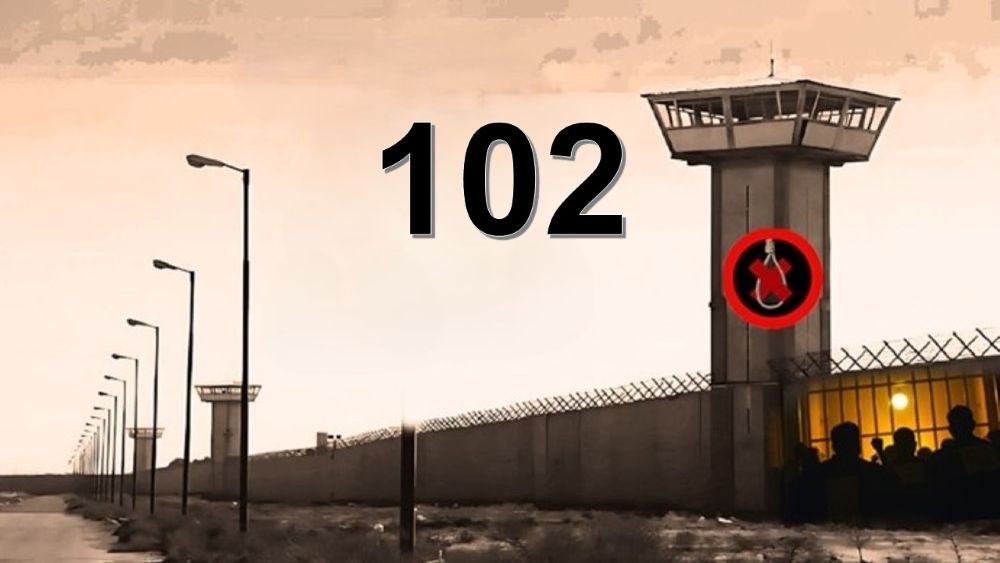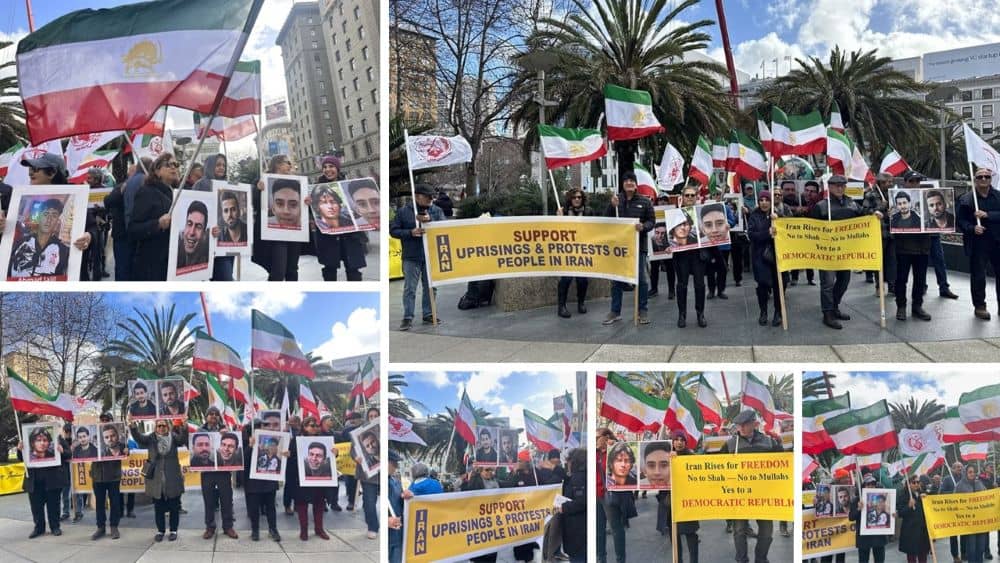Regarding the dire economic situation of Iran under the rule of the mullahs, a useful article was published on the Iran Focus website. You can read excerpt of this article as follows.
Iran’s “Economic Collapse” Has Not Yet Happened!
The Governor of Central Bank of Iran (CBI) Abdolnaser Hemmati wrote on his online page that: “He has not allowed the perpetrators of the sanctions to achieve their main goal in the last two years, which was the collapse of the country’s economy.” (Bazar News website, October 2, 2020)
He acknowledged that these days, after the trigger mechanism is proposed, there are rumors about the complete disconnection of the Iranian financial system from the world. He admitted that regardless of its operational capability and the extent of its practical impact, its psychological impact on the foreign exchange has unfortunately overshadowed the market.
With these words by the head of the CBI, it seems that the Iranian governing body considers economic collapse possible. But so far, they have not allowed this to happen!
Although the Hemmati, did not provide a precise definition of “economic collapse” and its consequences in the country, it is noteworthy that these words are expressed by one of the government’s most important economic officials. We will see the current economic situation in Iran.
Iranian regime’s President Hassan Rouhani has raised the audacity to the highest level. Speaking about the country’s economic situation, he said: “Statistics from Germany show that their economy has shrunk by a negative 5.2 percent, that our economy is in better shape, and that economic growth without oil will be positive by the end of the year!” (Mashregh daily, October 3)
For instance, at the end of the discussion on Iran’s continuing economic collapse, it is worth looking at the latest research report from the French company “COFACE“. COFACE is one of the most recognized global companies in the field of credit insurance and “forecasting risks”. The report notes the fragility of the Iranian economy and that it is one of the most dangerous countries for trade.
Given the unique situation this year, we created the COVID-19 crisis exposure indicator to identify the most affected populations who are more likely to turn against their governments.” The indicator of social and political fragility, which is relevant for the analysis of the increased risk of social unrest, shows a slight deterioration in its score at the global level and obscures different trajectories from one country to another. While the five most risky countries based on this indicator remain unchanged, further developments are remarkable. Iran has strengthened its position at the top of this indicator.
One economist interviewed by Radio France International warned that the CBI chief’s happiness that there had been no “economic collapse” had come too soon.
“The assessment of the current situation shows that the state of the country’s economy is completely critical and on the verge of collapse.”



